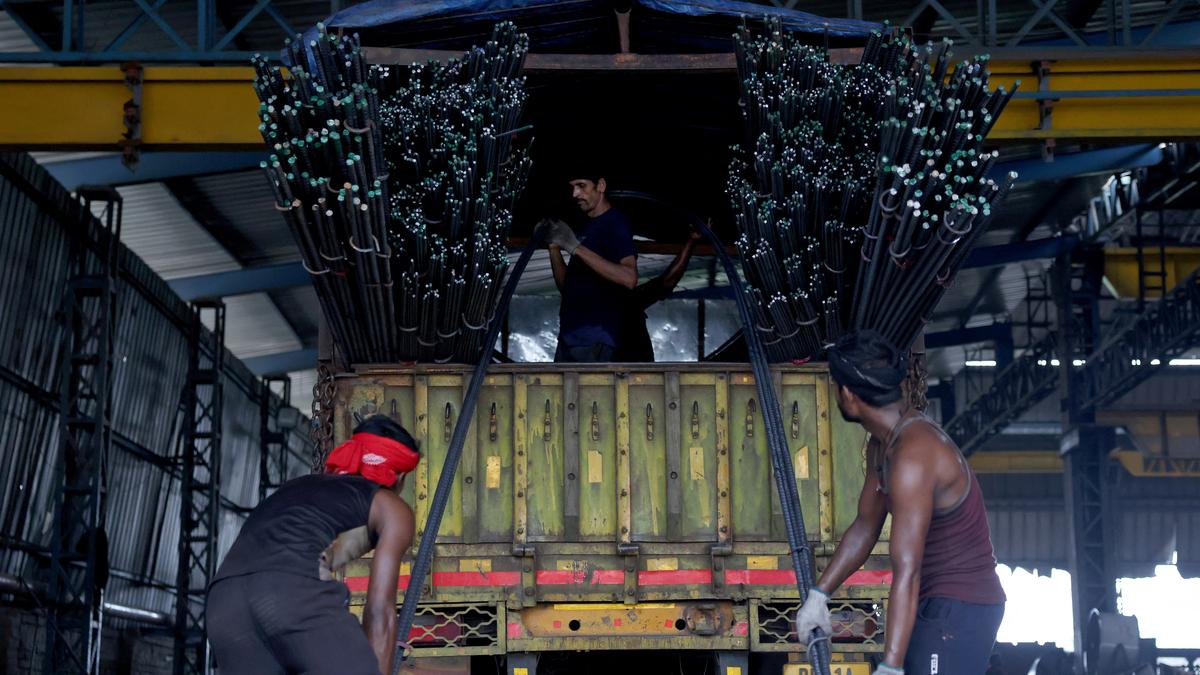By Mariam Afzal
Copyright brecorder

Just a few months ago, people would line up in front of Pop Mart to buy a bug-eyed doll from the store, even willing to pay higher to the re-sellers. They were not lining up for food or a vaccine, but to get an internet-made sensation doll, to feel a moment, to be noticed.
This is the spirit of over consumerism which doesn’t satisfy needs but actually feeding economies that scream to demand more.
We often feel that consumerism is one’s choice; however, this isn’t supported by history. 1920s was a period of peak consumerism which wasn’t natural, rather engineered. It was the advertising where objects were transformed into symbols. Owing a car depicted masculinity.
After years, technology remains the same, just a little more advanced. It can be well explained by Diderot Effect which describes a psychological phenomenon that happens when attainment of a good leads to additional more purchases. Getting a new bed makes the existing room aesthetics intolerable so we buy everything new to match the bed.
The urge to buy new is not accidental. According to a report by World Data Lab, global consumer spending was expected to grow by USD 3 trillion this year. Every credit card swipe feeds the global economy. Despite this, the figures highlight a paradoxical situation.
Although the consumer spending is increasing, in Britain, savings per household are falling, while in the US, credit card debt per household is soaring. This is because over time, a system has been developed wherein savings feel misery while spending means ‘truly living’.
Coming back to the “labubus”, a doll trend that shows how consumerism has transformed in this digital age. Consumers were buying sealed packets where they gamble for the surprise. This is how capitalism is; tricking people that how easy is it to feel rich, valued and happy.
Just in the first half of 2025, Pop Mart earned a revenue of $2 billion. Why were people paying money for a plastic doll? The answer is they are paying for the trend, for the virility and to save themselves from the fear of missing out.
In Pakistan, the rise of urban middle class has led to an unquenchable thirst for branded goods, fast fashion and lawn suits that cost thousands and the concept of conspicuous consumption runs through the Pakistani households now. On weekends, the malls are packed with not just the elites, but the salaried households who go beyond their budgets to fit in a different lifestyle. Brands are aware of this; so they charge accordingly.
Prices are increased every few months because the demand persists. On weddings, extravagant decors are not considered as waste; these have in fact become a social obligation. We see the repercussions. Aspirational middle-income households chase the latest trends in a country where millions are still struggling to have a meal, without realizing how over-consumerism is feeding inequality and making the lives of a certain section even more vulnerable.
Let’s have another perspective. According to Keynesians, consumerism actually fuels economic growth. Higher the economic demand, higher the growth will be, that is why a few economies encourage spending to boost innovation, investment and production since in case of limited government spending and investment, consumer spending can act as a savior that can sustain economic activity.
This leads us to think that credit cards keep the liquidity in place, leading to more purchases, more production and more growth and it is justified, even if the money is being spent on the labubus.
If we analyze Pakistan’s scenario in light of Keynesian theory, we can conclude that while the theory of increased spending leads to higher aggregate demand and economic growth might have worked for some economies, its applicability in Pakistan is questionable.
Consumer spending holds a significant share in Pakistani economy; however, the nature of consumption is portrayed by a high tendency of conspicuous consumption as the households in urban areas allocate their income to non-essential goods that only support the social status which may not yield the same benefits that Keynesians explain.
The 2022 ban on the imports of luxury goods also describes how it strained the foreign reserves and economic stability of the country. In Pakistan, unnecessary resource allocation is done on the expense of investment in education, health and infrastructure.
The current system of having more has its own costs that we dread to discuss. While the businesses are earning billions, the landfills are overflowing. Just a phone bought last year decides your social standing, makes you feel redundant.
However, minimalism, secondhand purchases show how not everyone wants to be a part of this churn. Sociologists and psychologists emphasize on the drawbacks of over consumerism that how it leads to environmental damage and personal anxiety.
The consumption needs to be redirected towards productive goods that generate employment, boost industries since right now; it is not economic but a social phenomenon. Reckless spending would leave us rich in appearance but poor in reality. Growth does not lie in shopping bags, but in sustainability and long-term wellbeing. Digital media must be used as a platform to support meaningful trends instead of ephemeral fads.
Copyright Business Recorder, 2025



